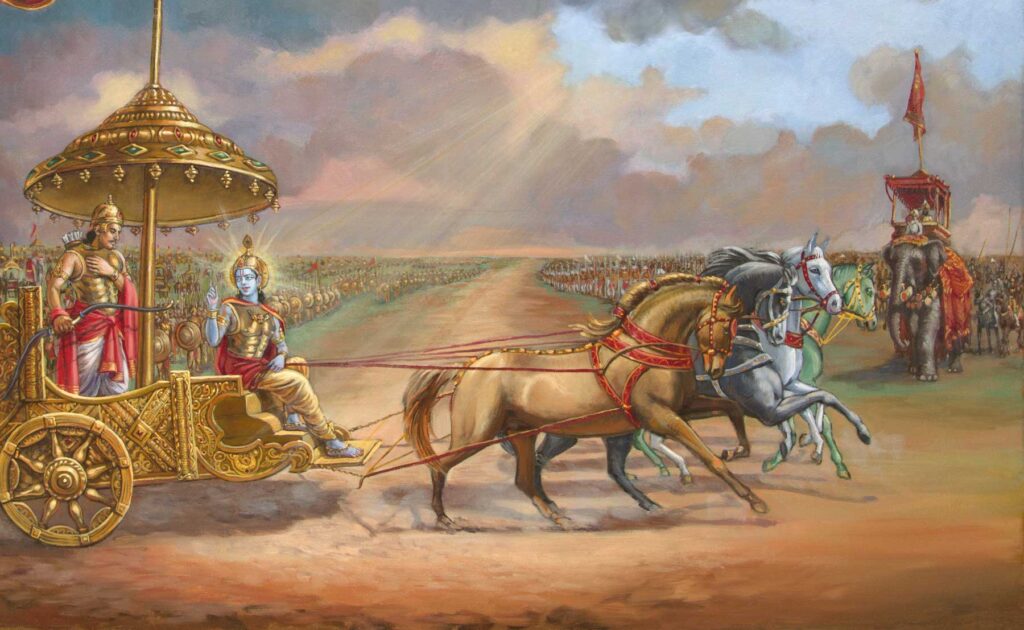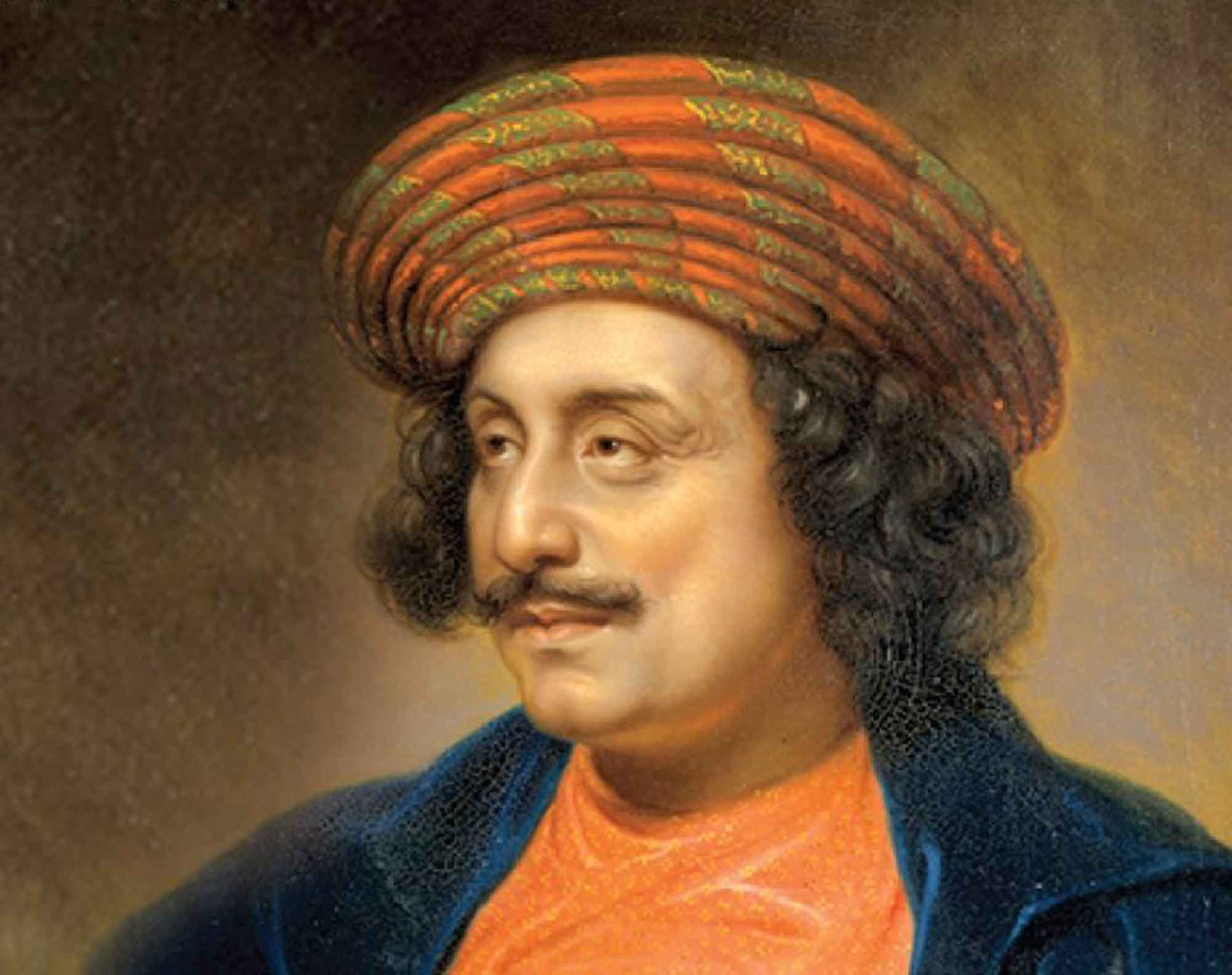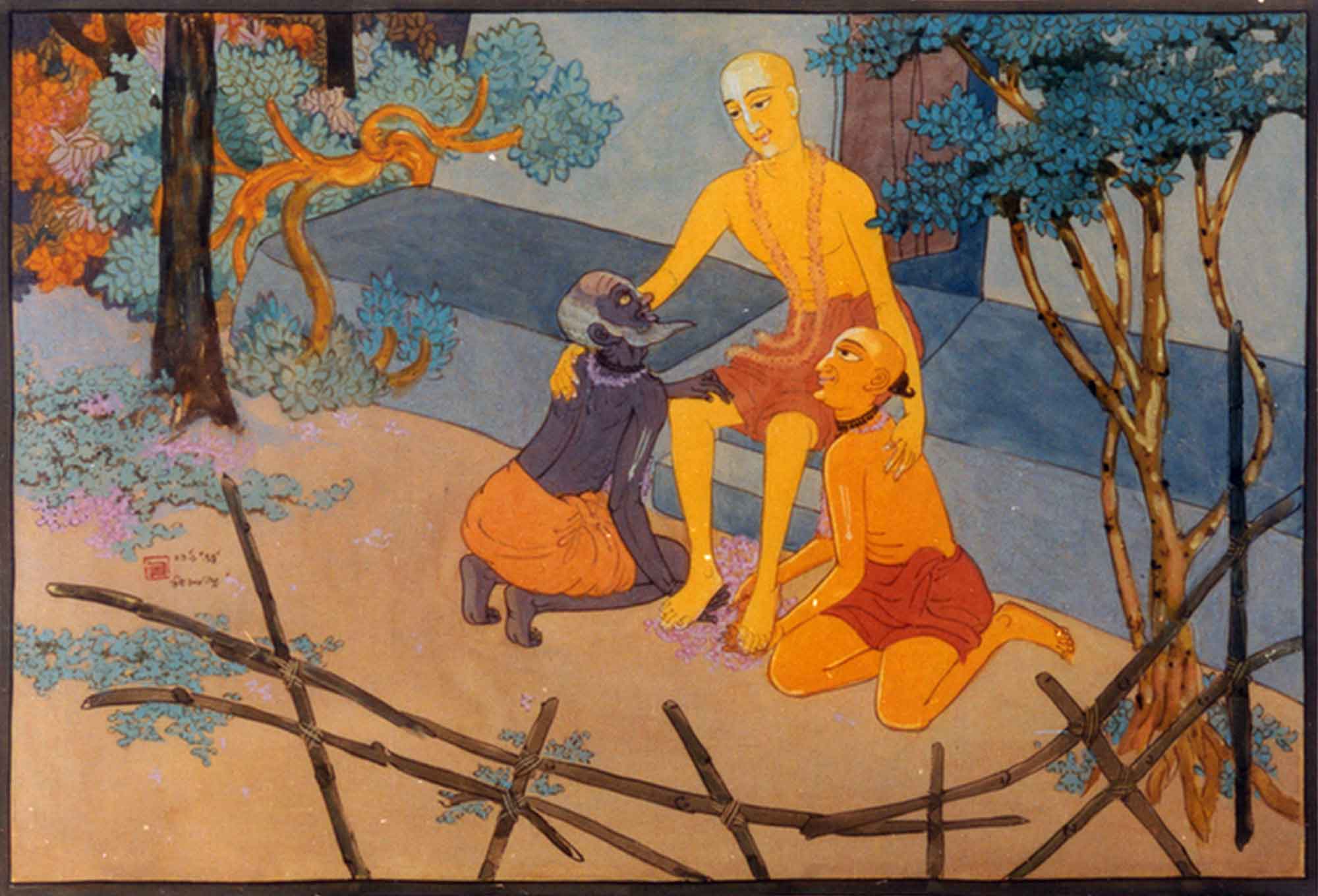Overview
Śrī Gaṅgā-devīr-māhātmya Viṣaye Arthavāda (Topics in Praise of Śrī Gaṅgā Devī) was first published in Sajjana Toṣaṇi, Vol 10, Issue 4 in 1899. Herein, Bhaktivinoda Ṭhākura writes about the purity of the Gaṅgā as well as the offences one may commit in bathing in her waters.
(Translated by Swami B.V. Giri)
Listen to this article:
By bringing Gaṅgā down to the earth, Bhagīratha delivered his ancestors and since then, various śāstras have proclaimed the glories of Gaṅgā. Those who do not honour Gaṅgā ridicule such words of praise. Not so long ago, a very famous and learned American chemist gave some words of praise to our Bhāgīrathī (Gaṅgā). Previously, he had been in Bhārata-varṣa for a few days. After testing it for microscopic bacteria, he reported that the Ganges water was completely free of contamination and that there was absolutely no trace of impurities nor any malignant microscopic bacteria, whereas all other rivers and tributaries throughout the world are presently contaminated by huge amounts of impure substances, the Gaṅgā of Bhārata, in all respects, is completely devoid of impurities and is pure in every sense.
After microscopic analysis of a container of Ganges water, he came to understand that the glories of Gaṅgā, as stated in the Hindu śāstras, are completely true. After returning to his country, he published the results of this great discovery in all the newspapers. He also declared that it was not only Gaṅgā that was pure, but the water from all the rivers and streams that are connected to the Gaṅgā. He ascertained through specific experimentation.
If the glories of the Gaṅgā had not been included in the śāstras, but instead had been written according to the opinions of scientists, then ordinary people would not respect Gaṅgā so much. Having the highest regard for dharma, the esteemed authors of our śāstras, have presented the spirit of pure dharma in all respects, and there has been a great amount of benefit due to this. If they had instead based universal laws and regulations upon dry evidence provided by mundane science, then perhaps the mood of dharma found in Bhārata could never have spread throughout the world as much as it has today.
It would be insufficient to consider the glories of Gaṅgā simply from a mundane perspective. There are twenty-four tattvas (elements) within this material world.
The jīva is the twenty-fifth element. The jīva’s gross body is comprised of the twenty-four material elements. The jīva’s ātmā, which is the twenty-fifth element, transcends these. He is beyond prakṛti (material nature) and is thus known by the word ‘aprākṛta’ (transcendental). Parabrahma is also a completely transcendental element. Another name for Parabrahma is Viṣṇu. Tad viṣṇoḥ paramaṁ padam – these words are found again and again throughout the Vedas. Gaṅgā-devī has manifest from the feet of Viṣṇu. Therefore, when some mundane praise is found concerning the waters of the Gaṅgā, all the śāstras accept it. The esteemed American scholar and the respected authors of various periodicals have simply been bewildered by Gaṅgā’s mundane glories.
However, there are unlimited glories present within Gaṅgā-devī that exceed such mundane glories. The assembly of pure devotees has revealed that if one resides near the Gaṅgā and drinks her waters, then devotion to Hari will manifest. Such water emanates from the divine lotus feet of the supremely merciful Parameśvara, and that water has the potency to awaken devotion to the lotus feet of Hari – Vyāsa and other maharṣis have declared this everywhere. Within this material world, the jīvatmas are covered by impurities and are absorbed in the misery of forgetfulness of Hari. When they bathe in the waters of the Gaṅgā and sing about the qualities of Hari, then devotion arises within their consciousness. Only those who are most fortunate can realize the supreme qualities of Gaṅgā. Those who are deprived of good fortune remain confined only to Gaṅgā’s material qualities. If it is said that many people take bath in the Gaṅgā and drink her waters but never worship Hari, then it may be answered that the qualities of an object can only be extended to another object when there is no obstruction.
Electricity can only be transmitted to an object that is a good conductor. It cannot transmit its qualities to an object that is a bad conductor. Similarly, amongst the jīvas, those that commit certain aparādhas become bad conductors of bhakti, just as with electricity. Those that chant the Holy Name and perform sinful activities are nāma-aparādhīs (offenders to the Holy Name). Those that perform sinful activities, expecting that Gaṅgā-devī’s glories will relieve them of reactions are severe offenders to Gaṅgā-devī. All kinds of sins are sent far away by bathing in Gaṅgā, but the aforementioned offense is not sent far away by bathing in the Gaṅgā. Those who commit this offense become bad conductors and are incapable of realising the unlimited glories of Gaṅgā. Due to this, nowadays people cannot perceive Gaṅgā’s spiritual potency – their intelligence only allows them to perceive the material nature of her waters.
(Śrī Gaṅgā-devīr-māhātmya Viṣaye Arthavāda (Topics in Praise of Śrī Gaṅgā Devī) was first published in Sajjana Toṣaṇi, Vol 10, Issue 4 in 1899. This article was translated into English by Swami B.V. Giri)












